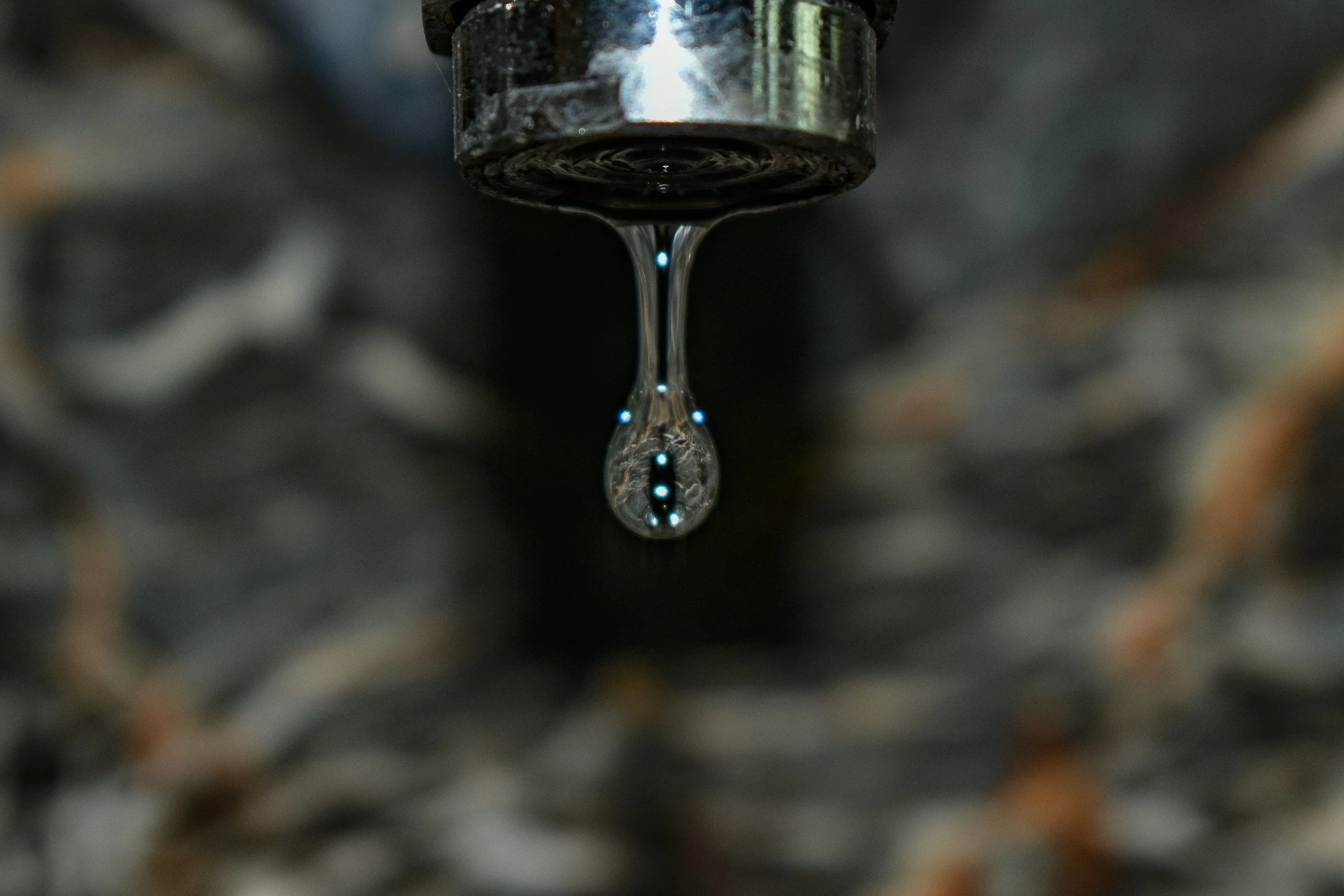How to Prepare Your Plumbing for Cold Weather: 6 Essential Steps
The first frost will be here before you know it! It’s time to start preparing now to avoid a plumbing disaster.
Here in Central Virginia, the first freeze of the season often comes in early November. That means that October is a great time to think ahead and prepare your plumbing for the temperature drop. Here’s a simple checklist that will help ensure that your home’s plumbing system is winterized:
Disconnect + Drain Outdoor Hoses
One of the most basic and important things to do before the first freeze is to disconnect all of your hoses. Water left sitting in a hose or spigot may back up and freeze your pipes! Once you’ve disconnected your hose, consider adding an insulated faucet cover for extra protection (available at most hardware or home improvement stores).
Insulate Exposed Pipes
There are several areas in your home where pipes are naturally more vulnerable to cold weather. This includes basements, crawl spaces, garages, attics, and outdoor spigots. You can purchase pipe insulation sleeves to reduce heat loss and protect the pipes from freezing in these vulnerable areas. Insulating your pipes also has energy efficiency benefits!
Look Around for Leaks/Drips
When freezing temperatures hit, a small leak can turn into a big issue overnight. It’s a good idea to visually inspect areas like under your sinks or around water heaters to identify any potential issues. If you spot a leak, it’s time to schedule a professional inspection!
Make Sure Your Indoor Pipes are Warm
When convenient, you can help keep your indoor pipes warm by keeping cabinet doors open under sinks to let the warm air circulate.
If you’re away from home for a few days and you’re wondering whether it’s worth saving on your energy bill by turning off the heat entirely, think again! It’s best to maintain a temperature of at least 55°F or higher to protect your pipes from the cold.
Locate Main Water Shut-Off Valve
Do you know where the main water shut-off valve in your home is located? If a pipe bursts, it’s important to shut off the water immediately, and you can only do so if you know where the main shut-off valve is! You can ask a plumber to help you tag it so your whole family knows where it is in case of an emergency.
“An ounce of prevention is worth a pound of cure.”
This saying definitely applies to home plumbing prep for the colder months. It’s much easier (and cheaper!) to prevent a plumbing disaster than to fix it. Add this checklist to your fall home to-do list and give us a call here at W.E. Brown if you need a professional opinion!


